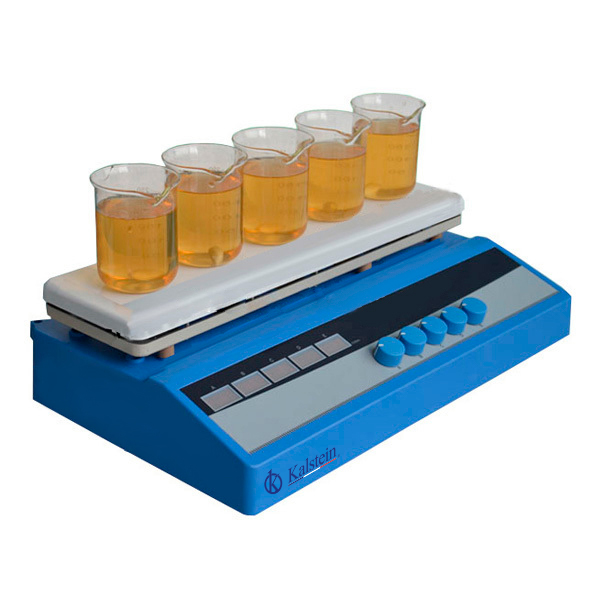Heating plates are a vital tool for many companies, providing the opportunity to heat their product or material or even to prepare the weld of a part for final assembly; whether in the pharmaceutical, automotive, chemical, electromechanical industry, the preparation of heating plates is always an important need.
When choosing the substances to use in heating plates, it is important to understand what is the best option for a specific application; in this article we will present some of the main elements recommended for the use of heating plates, and explain where they come from, what they are used for and what their best practices are.
Commonly used materials for the use of heating plates in different processes
One of the most commonly used materials for the use of heating plates is iron oxide, a compound of iron and oxygen often also known as ferric oxide; this substance is often used in the manufacture of various types of metals, chemicals and household products.
Iron oxide offers fast and strong electrical conductivity, making it useful for specific products such as battery panels and temperature control conductors; the material is also an excellent insulator, and its resistance to corrosion means it is viable for long-term use in heating plates.
Advantages of using the heating plates are increased strength and decreased cost
In some demanding applications, iron oxide can be mixed with other materials to increase strength and decrease manufacturing cost; in general, many hotplates are made from a compound called silicon aluminum, which contains aluminum and oxygen, this mixture is manufactured to withstand high temperatures, and is considered the best material for heating.
Used primarily for the preparation of heating plates and printed circuit boards, silicon aluminum offers excellent corrosion resistance and exhibits good thermal performance, making it an ideal choice for companies with demanding applications.
The temperature resistance also means that it is a viable material for use in heating plates at elevated temperatures.
Among the most common and effective materials used in heating plates is fiber ceramic
A final option for the use of heating plates is fiber ceramic; this is a mixture of ceramic materials, such as alumina or crystal sodium nitrate, usually with mixed foams or other materials.
Fibroceramic is manufactured to offer temperature resistance, corrosion resistance, strength and good thermal insulation; these properties, together with the low density of the material, make it an excellent choice for long-term use in heating plates.
The correct use of a recommended material will ensure a high quality product that will meet the strength and durability requirements of your hot plate application
These are just a few of the materials recommended for use in hotplates; each offers a unique set of properties, so it is important for manufacturers to inform themselves before choosing a product.
In summary; by taking into account the type of tasks that will be required and the desired strength factors, manufacturers can find the ideal material, given their budget and specific applications.
For Kalstein as a MANUFACTURER it is of utmost importance that specialists acquire the best and most efficient heating plates for their laboratories
To obtain sophisticated and top quality equipment in relation to heating plates just click on the following HERE
You can visit our website HERE and enjoy great offers, likewise only we as MANUFACTURERS can guarantee your effective purchase.

